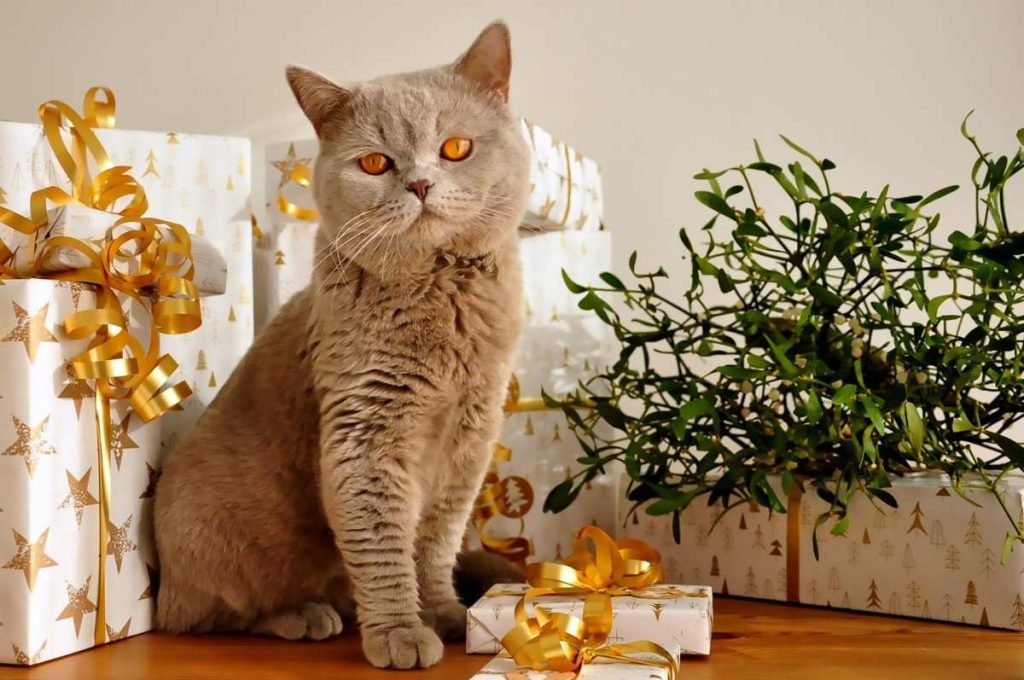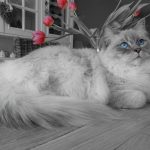The British Shorthair Cat Breed is one of the most beloved and recognizable cat breeds in the world. Known for its plush coat, round face, and calm demeanor, this breed has captured the hearts of cat lovers everywhere. Whether you’re considering adding a British Shorthair to your family or simply want to learn more about this fascinating breed, this guide will cover everything you need to know. From their history and personality to their care requirements, let’s dive into the world of British Shorthair cats.
History of British Shorthair
The British Shorthair Cat Breed is one of the oldest cat breeds in the world, with a history that dates back centuries. Here’s a quick look at their origins:
-
Ancient roots: Romans brought the ancestors of the British Shorthair to Britain around 2,000 years ago. People valued these cats for their hunting skills and their ability to protect food stores from rodents.
-
Formal recognition: Cat fanciers officially recognized the British Shorthair as a breed in the late 19th century. The breed gained popularity after exhibitors showcased them at the first-ever cat show held at London’s Crystal Palace in 1871.
-
Post-war revival: World War II nearly drove the breed to extinction, but breeders revived it through careful programs that incorporated other breeds, such as the Persian.
- Today, cat enthusiasts celebrate the British Shorthair Cat Breed for its distinctive appearance and gentle personality, making it a favorite companion.
Physical Characteristics
The British Shorthair is known for its sturdy build and striking features. Here are some key characteristics:
- Coat: The breed’s dense, plush coat is one of its most defining traits. It comes in a variety of colors and patterns, with the blue-gray (often called “British Blue”) being the most iconic.
- Body: British Shorthairs have a muscular, medium-to-large build with a broad chest and strong legs.
- Face: Their round face, full cheeks, and large, expressive eyes give them an endearing “teddy bear” appearance.
- Eyes: Eye colors vary depending on the coat color, with copper or gold being the most common.
These physical traits make the British Shorthair a truly unique and beautiful breed.
Personality and Temperament
The British Shorthair is often described as the perfect companion cat. Here’s what you can expect from their personality:
- Calm and easygoing: British Shorthairs are known for their laid-back nature. They’re not overly active or demanding, making them ideal for families, seniors, or first-time cat owners.
- Affectionate but independent: While they enjoy human company, they’re not clingy and are perfectly content spending time alone.
- Playful yet gentle: They have a playful side but are generally gentle and well-mannered.
- Good with children and other pets: Their patient and tolerant nature makes them great companions for households with kids or other animals.
If you’re looking for a low-maintenance, loving cat, the British Shorthair might be the perfect fit.
Caring for Your British Shorthair
While British Shorthairs are relatively low-maintenance, they do have specific care needs to keep them healthy and happy. Here’s what you need to know:
1. Grooming
- Brushing: Their dense coat requires regular brushing (once or twice a week) to remove loose hair and prevent matting.
- Bathing: Baths are rarely necessary unless your cat gets particularly dirty.
- Nail trimming: Trim their nails every few weeks to keep them comfortable.
2. Diet and Nutrition
- High-quality food: Choose a balanced diet that meets their nutritional needs. British Shorthairs can be prone to obesity, so monitor their food intake.
- Portion control: Avoid overfeeding and provide measured meals rather than free-feeding.
- Fresh water: Ensure they always have access to clean water.
3. Exercise and Play
- Moderate activity: While not overly active, British Shorthairs enjoy playtime. Provide toys and interactive games to keep them entertained.
- Climbing spaces: Cat trees or shelves can satisfy their curiosity and provide exercise.
4. Health Considerations
- Common health issues: British Shorthairs are generally healthy but can be prone to conditions like hypertrophic cardiomyopathy (a heart condition) and obesity.
- Regular vet check-ups: Routine visits to the vet are essential for preventative care and early detection of potential health problems.
By meeting these care requirements, you’ll ensure your British Shorthair lives a long, healthy, and happy life.
Fun Facts About British Shorthairs
Here are some interesting tidbits about this charming breed:
- Famous feline: The British Shorthair inspired the Cheshire Cat in Lewis Carroll’s Alice in Wonderland.
- Long lifespan: With proper care, British Shorthairs can live up to 15-20 years.
- Quiet nature: They’re not particularly vocal and tend to communicate with soft chirps or purrs rather than loud meows.
- Popular in media: British Shorthairs are often featured in advertisements and movies due to their photogenic looks.
Is a British Shorthair Right for You?
Before bringing a British Shorthair into your home, consider the following:
- Lifestyle: They’re well-suited to indoor living and don’t require a lot of space.
- Time commitment: While independent, they still need love, attention, and care.
- Budget: Be prepared for expenses like food, grooming supplies, and veterinary care.
If you’re looking for a calm, affectionate, and low-maintenance companion, the British Shorthair could be the perfect addition to your family.
Final Thoughts
The British Shorthair is a truly special breed that combines beauty, charm, and a delightful personality. From their rich history to their easygoing nature, it’s no wonder they’re a favorite among cat lovers worldwide. Whether you’re drawn to their plush coat, round face, or gentle demeanor, the British Shorthair is sure to bring joy and companionship to your life.
By understanding their needs and providing proper care, you can enjoy a loving and lasting bond with your British Shorthair. If you’re ready to welcome one into your home, you’re in for a rewarding and heartwarming experience.
Frequently Asked Questions (FAQs)
Q1. Are British Shorthair cats good for families?
Yes! British Shorthairs are calm, affectionate, and patient, making them excellent companions for families with children.
Q2. How long do British Shorthair cats live?
With proper care, these cats typically live 12–20 years, making them long-term companions.
Q3. Do British Shorthair cats shed a lot?
They have dense, plush coats that shed moderately. Regular brushing helps control loose hair and prevents mats.
Q4. Are British Shorthairs friendly with other pets?
Yes, they are generally sociable and can get along with other cats and even dogs if properly introduced.
Q5. How active are British Shorthair cats?
They are moderately active. They enjoy playtime and toys but are less hyperactive than some other breeds.
Q6. Do British Shorthair cats require special grooming?
Their short, dense coat requires weekly brushing to remove loose hair and maintain a healthy shine.


